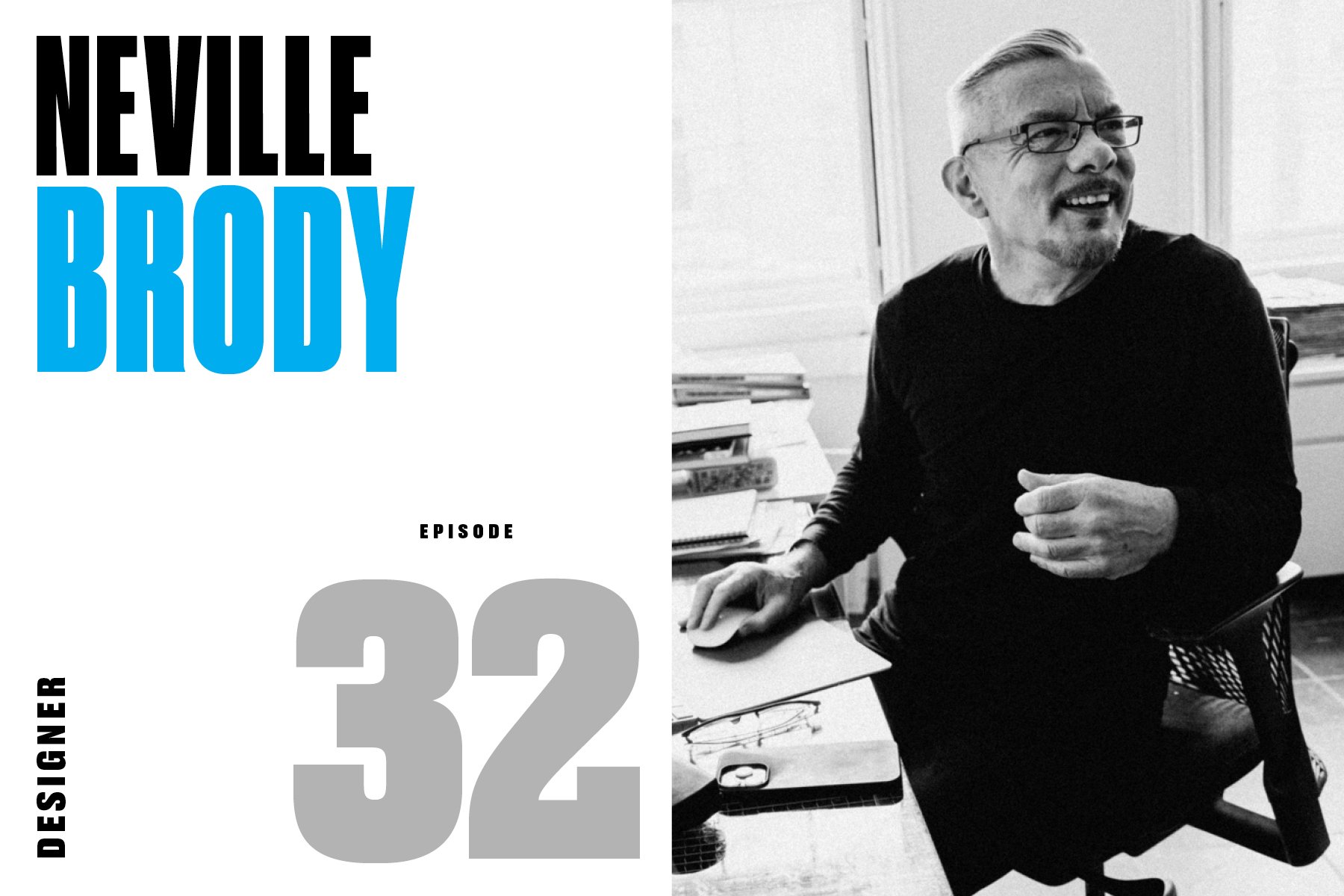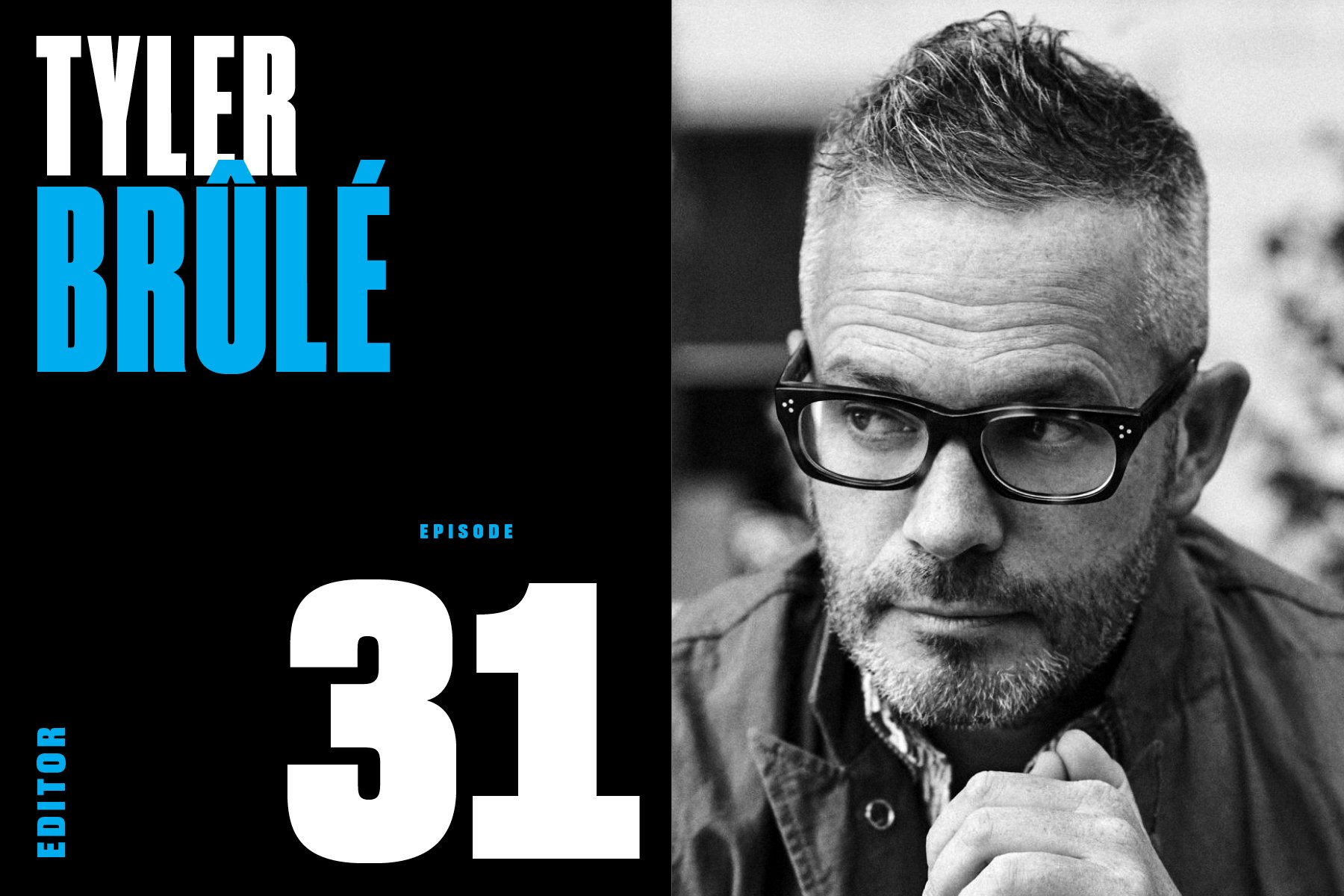Today’s guest, Bob Ciano, is probably best known as the designer who guided the venerable LIFE magazine into its second chapter, shifting, after five decades as a weekly, to a monthly. But in an era where editors and art directors did not enjoy the downright chummy partnerships we have now, he’s known for a lot more.
In his career, which continues to this day, Ciano has punched his time card at all of these places: The Metropolitan Opera, Redbook, Opera News, Esquire, The New York Times, LIFE, Travel & Leisure, Wells, Rich & Greene Advertising, The New York Times (again), Encyclopedia Britannica, The Industry Standard, Forbes ASAP, Wired, St Mary’s College, Cal Arts, as well as his current Bay-area studio, Ciano Designs.
And in the middle of all that, he had an entire side career as a renowned album cover designer.
Talented and successful—and, by all accounts, extraordinarily kind—Ciano did not leave all of these jobs voluntarily. As he says in our interview, “firing art directors was a sport in those days.” Ciano himself has lost more jobs than most people have had.
In preparation for this episode, Ciano shared an fascinating artifact from his archive. It’s a note from LIFE editor-in-chief Richard Stolley’s monthly column, where Stolley is taking the opportunity to sing the praises of his unsung art department. This is what he wrote:
Next to my office on the 31st floor of the Time & Life Building is the layout room. It is dominated by a 19-foot counter set three and a half feet off the floor so you don't get a crick in your back bending over color transparencies. All the ingredients of the stories in every issue come together in the layout room. First, departmental editors, reporters and picture editors gather there, and we begin to put slides and pictures in a logical sequence. About that time, I turn to somebody and ask, “Will you please get Ciano?”
Moments later, Bob Ciano, LIFE’s art director, strolls in. Bob wears a beard and jeans, a kind of uniform of the day among art directors; in every other way, he is unique and one of the best in the magazine business. It is his job to take all the elements and ideas that other staff members have brought to a story and transform them into vibrant, intelligent layouts. The task is not unlike turning a kitchenful of ingredients into a feast. (It is no accident that Ciano is a great cook.)
Ciano has been in charge of our art department since LIFE became a monthly in 1978, having previously worked at Esquire and The New York Times. He decides which of his associates will design an article or does it himself. The arson story in this issue is his. “Fires are hot and colorful,” Ciano explains, “but because of the conditions, this story had to be shot in black and white.” Ciano decided that a symbolic point could be made by literally setting the opening photograph on fire. He put a match to it, and the blazing print was re-photographed in our lab. “If we can make a reader feel heat coming off that page, then we’ve done something he’ll remember.”
Though LIFE designers have won [hundreds of] awards, they toil in anonymity, getting no bylines on the articles they play a major role in shaping. Their reward, as Ciano puts it, “is to move readers, to touch their emotions. We’ll use whatever graphic tools we can.”
Ciano left LIFE—by his own decision—after an 8-year stint. Why? Because there’s something worse than getting fired, and that’s getting bored. It happens.
Our editor-at-large Steven Heller caught up with Ciano recently. Their lively conversation covers the magazine business the way it was, the way it is, and the way it will be.


























